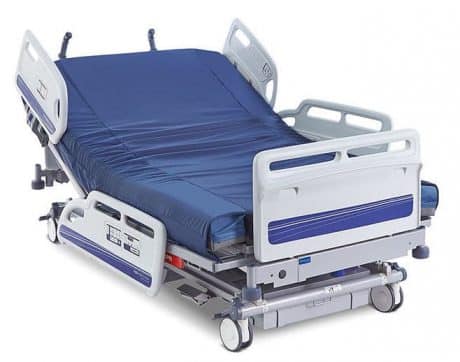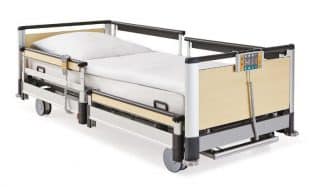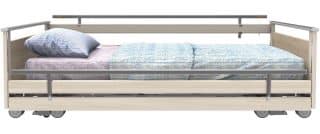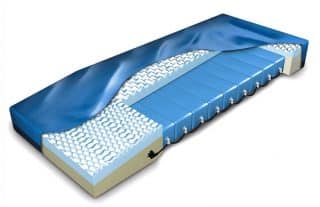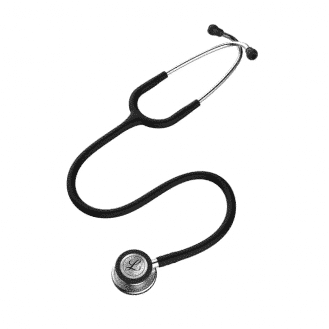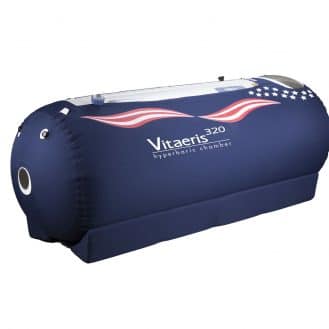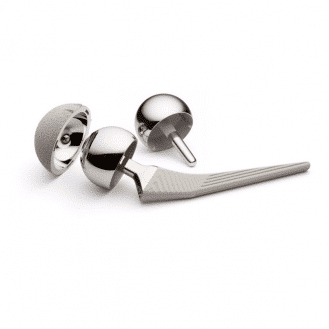A medical bed is a bed specially designed for hospitalized patients or other people requiring care. These beds have special features both for the comfort and well-being of the patient and for the convenience of caregivers. Key features include the adjustable height of the entire bed, head and footboards, side rails and electronic buttons to operate both the bed and other electronic devices situated close by.
While the term “hospital bed” may refer to the bed itself, the term “bed” is also used to describe the space available in a healthcare facility, as the capacity to accommodate the number of patients in the facility is measured in terms of available “beds.”

